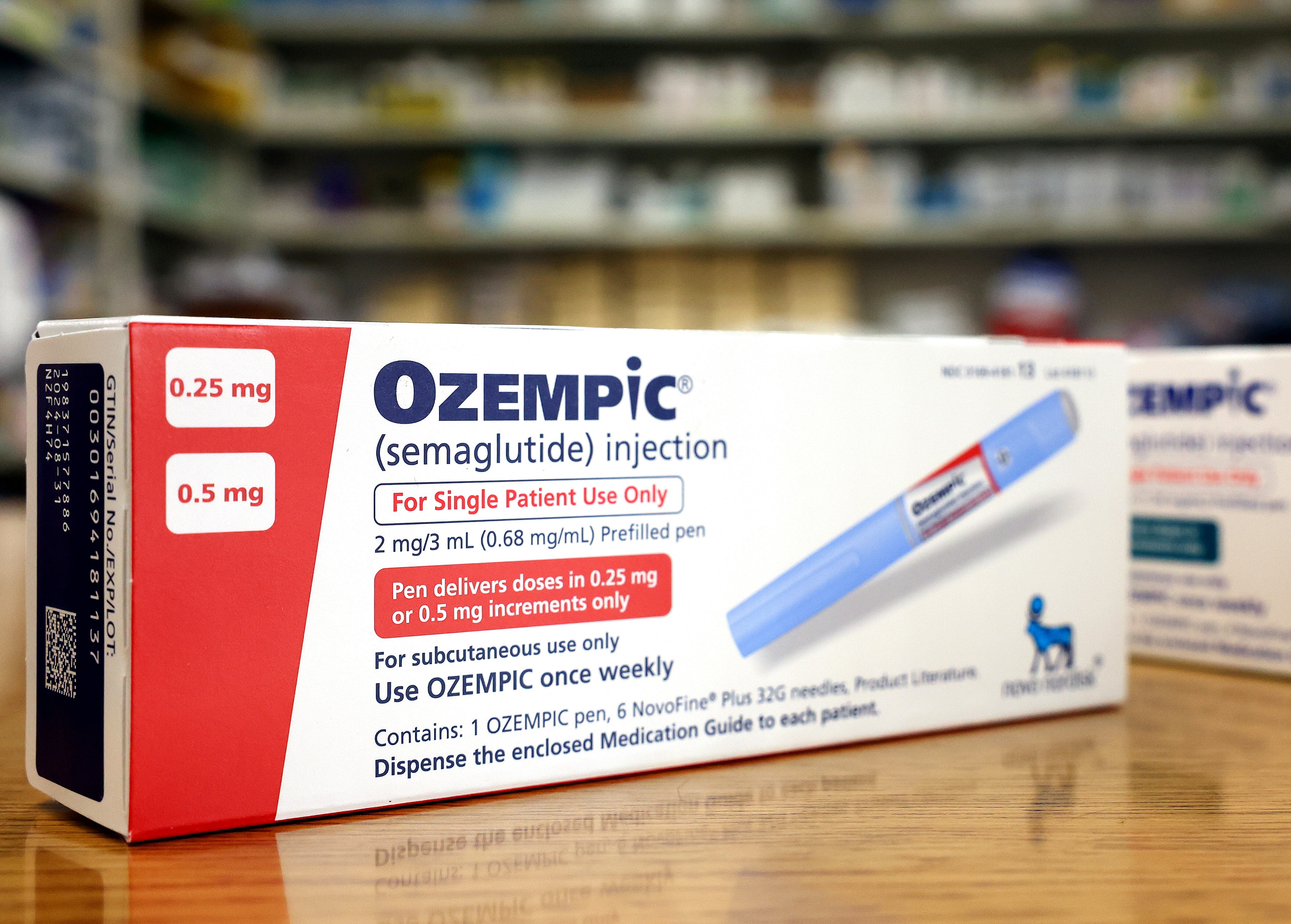Vaccination rates have dropped again among U.S. kindergarteners. About 93 percent were up to date on all state-mandated vaccinations for diseases like measles, tetanus, and even polio during the 2021 to 2022 school year.
Whereas vaccination rates typically hover around 94 to 95 percent, a 93 percent vaccination rate means as many as 275,000 kindergarteners are left vulnerable, according to the Associated Press. This clears the way for the return of diseases that health authorities thought no longer posed a threat.
There was, for example, a case of paralytic polio reported in Rockland County, New York, in July 2022. CDC authorities have detected paralytic poliovirus repeatedly in wastewater samples from Rockland, Orange, Sullivan, and Nassau counties, as well as in New York City.
Measles also represents a major threat. The measles virus is so contagious that a single person can infect nine out of 10 people around them if those individuals don't have natural immunity or immunity from vaccines, according to the CDC.
Measles can cause high fever, cough, runny nose, and a rash three to five days after the onset of symptoms. About one in five people who get sick will wind up in the hospital. One in 1,000 will experience dangerous brain swelling, and as many as three out of 1000 could die, the CDC reported.
Fortunately, two doses of the measles, mumps, and rubella (MMR) vaccine are 97 percent effective at preventing measles and a single dose is 93 percent effective, according to the CDC. Even so, there have been surges of measles in states like Minnesota and Ohio.
Disruptions to the healthcare system amid the COVID-19 pandemic are one major contributor to lagging vaccinations. With COVID-19 patients clogging health care facilities and a heightened risk of infection, many routine services were canceled or postponed, meaning some children likely missed vaccine appointments or annual checkups.
Plus, more parents are questioning vaccines, particularly after the vaccine hesitancy that characterized the roll out of the coronavirus shots. A survey from Kaiser Family Foundation, published in Dec. 2022, found that about 71 percent of adults believe healthy kids should be required to get the MMR vaccine, down from 82 percent in 2019.
Not all Americans have been equally impacted. Vaccination rates among the impoverished or those in rural areas declined 5 percent, with rates among white children outpacing those of black and hispanic children, according to CNBC.
Authorities have a plan to combat this trend. The CDC launched an initiative called “Let’s RISE,” which stands for "routine immunizations on schedule for everyone." It calls on community leaders and health care professionals and partners to identify people who are behind on their vaccines, build their trust in vaccinations through outreach and education, and increase access to and affordability of vaccinations.












